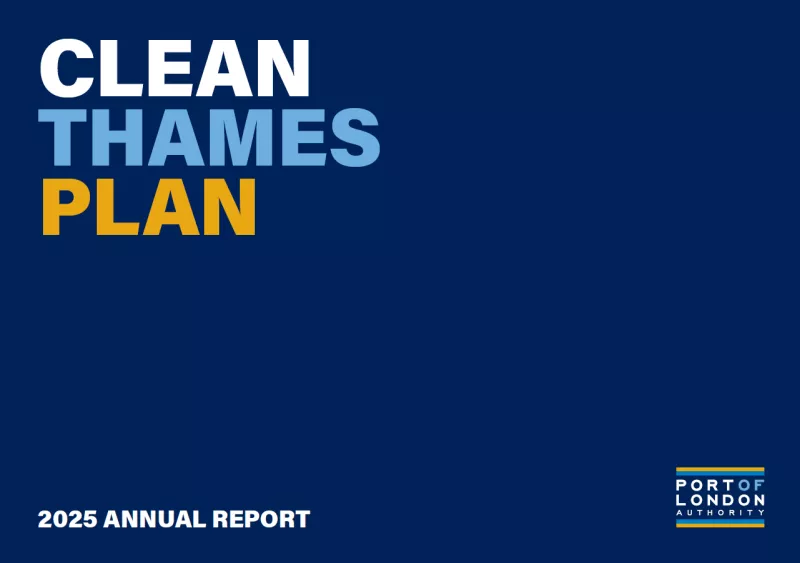Live Tides
NOTICES TO MARINERS
Charts & Surveys

Incident reporting
Life-threatening emergencies on the river:
Call 999 and ask for the Coastguard
For near miss, safety observations and incident reporting click below
Thames AIS Technical Requirements Specification serve as an appendix to Thames Bylaw 12 – Thames AIS Carriage Requirements.
Carriage of Thames AIS
The carriage of Thames AIS is mandatory for certain categories of vessel under PLA Byelaw 12, in summary:
The following categories of vessel must carry Thames AIS if they intend to navigate between Denton and Richmond Lock:
- Class IV, V and VI passenger vessels.
The following categories of vessel must carry Thames AIS if they intend to navigate between Margaretness and Richmond Lock:
- Vessels of more than 40m in length overall
- Vessels having a gross tonnage of over 50 tons
- Vessels engaged in towing or pushing operations
- Specified vessels or vessels carrying marine pollutants in bulk
- Vessels holding a Certificate of Compliance under Byelaw 16.3
How will this work for people using the portal?
All vessel operators required to comply with Thames AIS will need to set up an account on the web portal. To do so the following information should be submitted to: [email protected]
- Business Name
- Email domain(s) for users (eg. exampledomain.com)
- A list of vessels including vessel names and MMSI numbers.
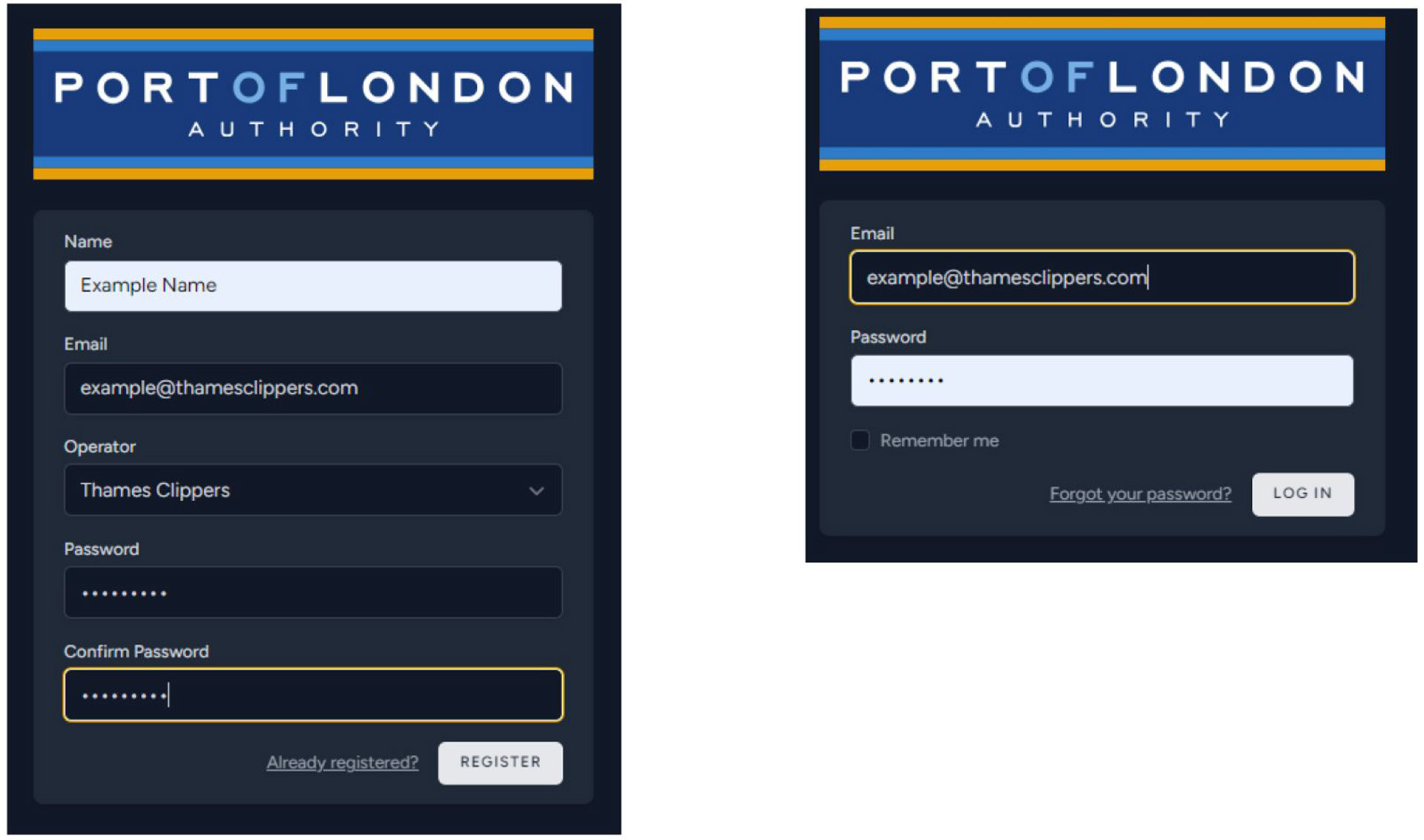
Once in the system, you will be able to see your existing submissions and create a new submission by entering the MMSI number of the vessel (the system will remember your commonly used MMSI numbers) and the POB. You will be required to do this before departing any berth on the river.
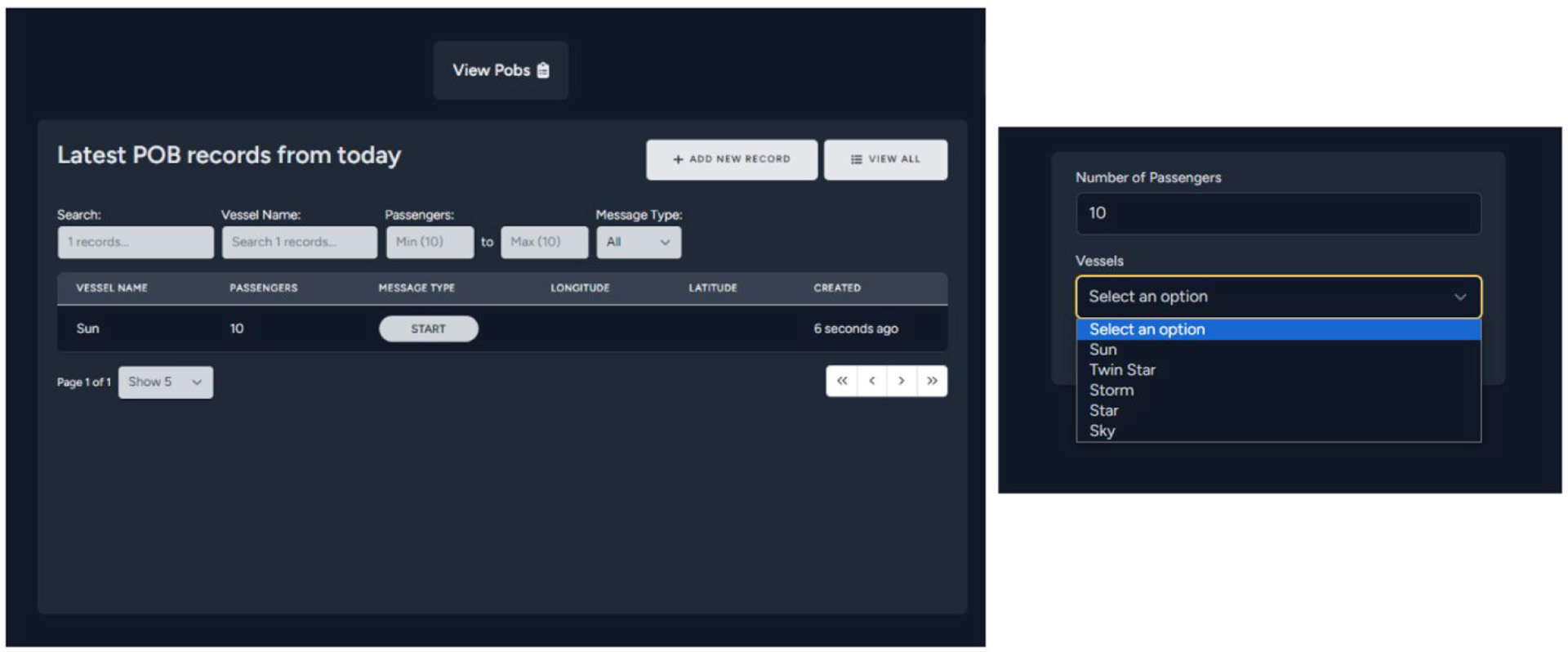
How can I integrate my system with the API?
We will also accept submissions via a HTTP JSON POST request that contains an API key (to be part of the request headers) issued to your organisation, the MMSI number of the vessel and the number of people on board as follows:
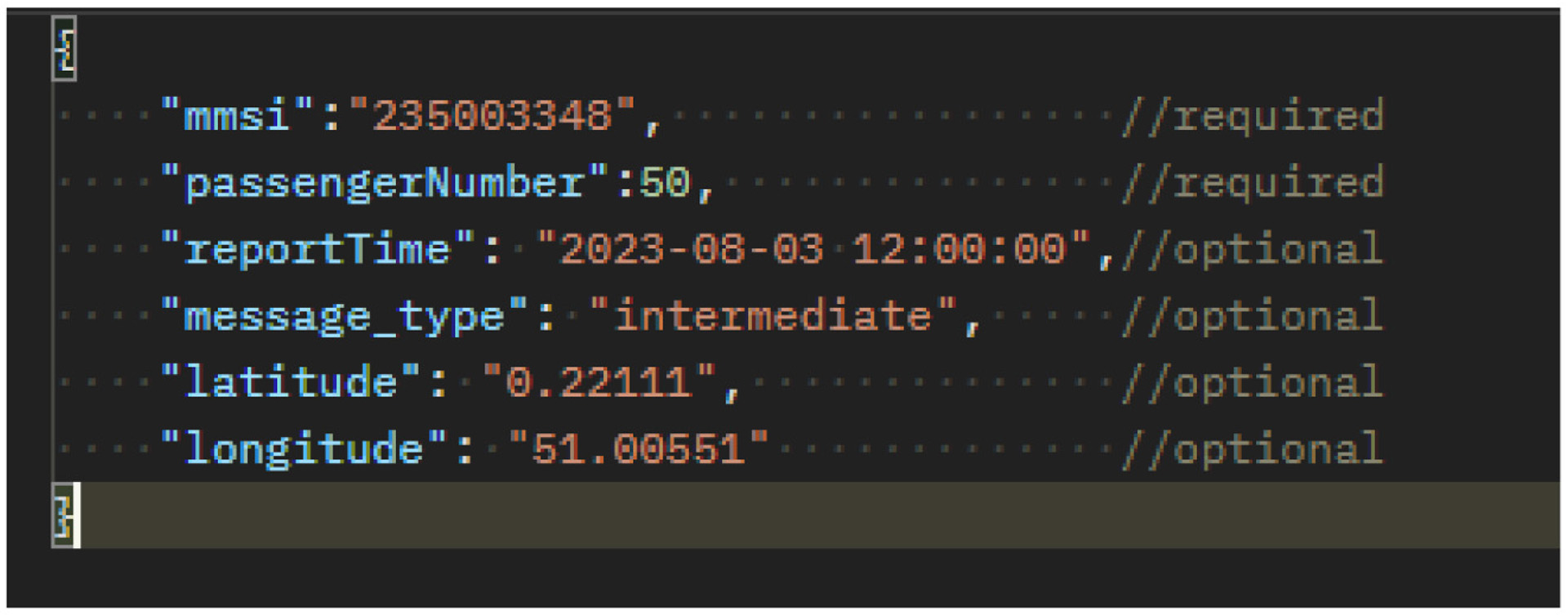
Response: 201 "Record added successfully."
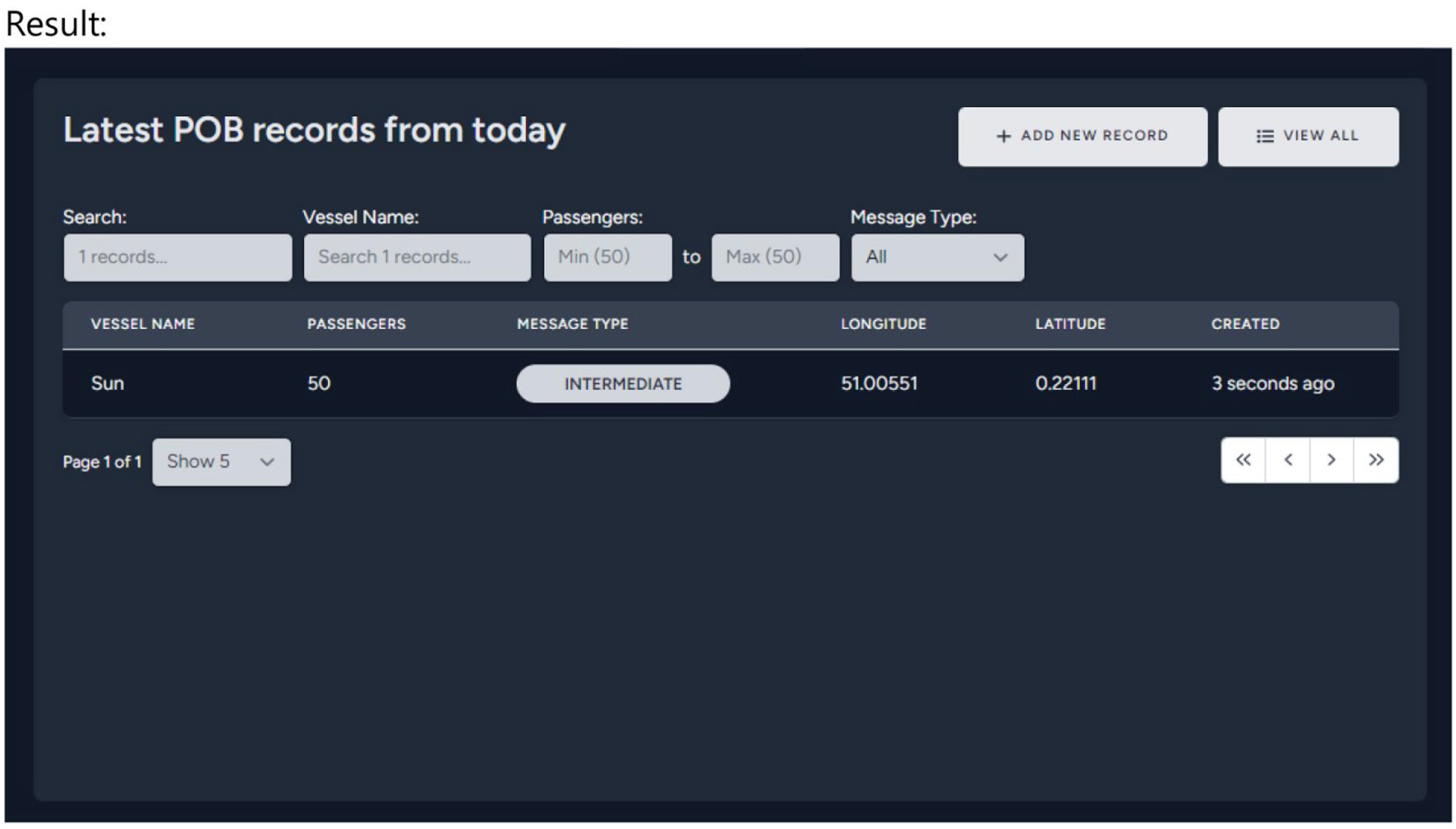
Note: A much more detailed document can be provided for all possible API responses if needed.
What impact will this have on existing equipment?
As stated above, your existing Thames AIS equipment will continue to be compliant with the standard; however, you will no longer be required (or able) to submit POB information via that equipment and instead will use the portal or API.
When are we proposing to do this?
The new system was effective from 4th September 2023. Note that the PLA will stop accepting POB information from Thames AIS transmitters at the same time.
See Appendix A of this document for the requirements, procedures and technical specifications.
Appendix A
Thames AIS Technical Requirements Specifications and Procedures for the Operation of Thames AIS and Persons on Board Reporting System
1.0 Thames AIS consists of:
1.1 A Class Alfa Universal AIS transponder complying with IMO resolution MSC.74 (69) Annex 3 as specified by IEC 61993-2 and ITU-R M.1371-5 and IALA technical clarifications of ITU-R M.1371-5 with the following exceptions:
a) IMO number is only required where it has been allocated. Default setting is zero.
c) Vessel heading and the navigational status are optional. Default setting is “underway using engines”.
and
d) Destination and ETA parameters are not required.
1.2 The AIS Unit must be connected to a Graphical Display Unit that:
a) Provides appropriate situational awareness suitable for navigation and collision avoidance;
b) Is capable of decoding and displaying targets in accordance with ITU-R 1371-5 nominal reporting
interval for given speeds;
c) Is positioned so that it is visible to the person with conduct of navigation;
d) Provides a means to transmit a broadcast emergency alert message (safety related);
e) Provides a means to alert the operator of the system and operational alarms including;
i) Reception of safety related messages; and
ii) Failure of positioning sensor (GPS outage)
f) Displays AIS targets clearly labelled with vessel name and in accordance with IMO guidance on the presentation of navigation-related symbols;
2.0 Persons On Board (POB) Reporting:
2.1
a) All vessels required to comply with Thames AIS must submit POB using the Thames AIS Portal (TAP)
b) POB submissions are made directly via the TAP web portal or via an Application Programming Interface (API)
PROCEDURES FOR THE OPERATION OF THAMES AIS AND PERSONS ON BOARD REPORTING SYSTEM
1. Class IV, V and VI Passenger Vessels complying with THAMES AIS in accordance with Byelaw 12 are required to:
a) Operate Thames AIS and its associated Persons On Board (POB) reporting system at all times when underway within Port Limits;
b) Report POB, which means the total number of crew and passengers, to the PLA via the Thames AIS Portal (TAP)
c) Update this information prior to departing the berth and whenever the number changes.
2. All vessels operating THAMES AIS in accordance with Byelaw 12 are permitted to continue to transmit when alongside for short periods but are to turn off THAMES AIS when unmanned or out of service.
Discover


